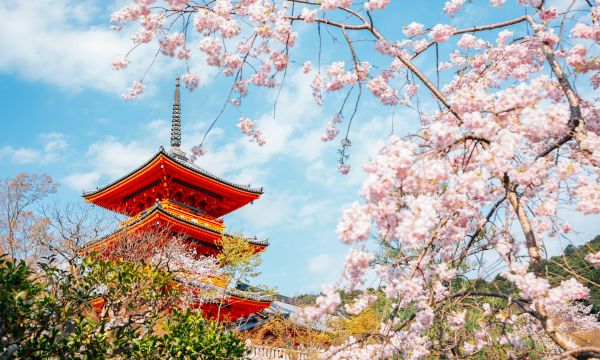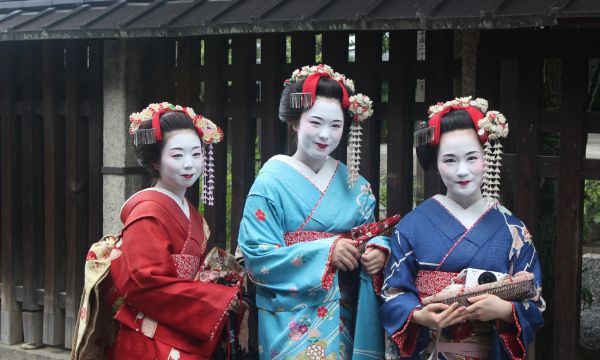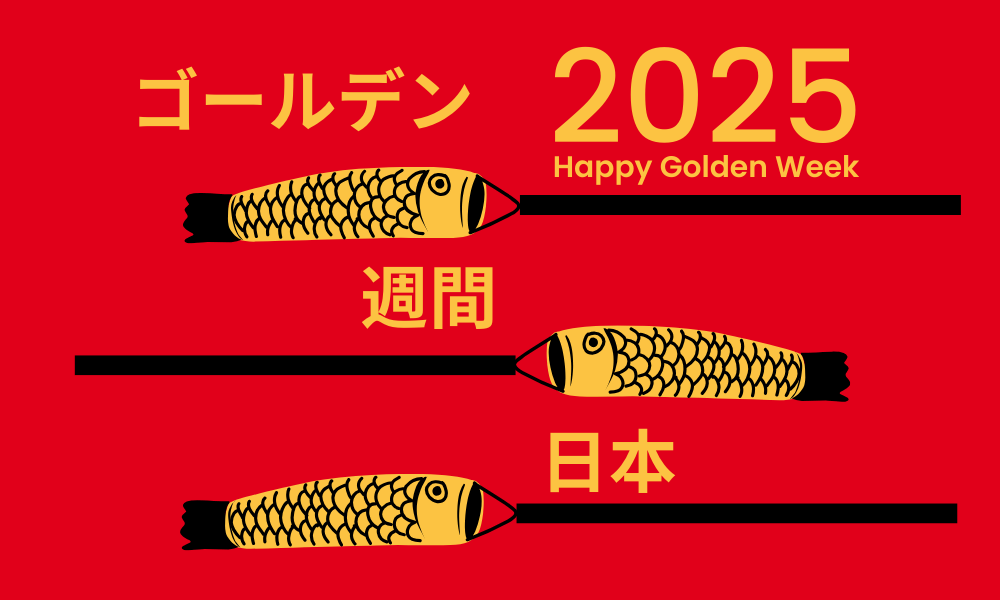Last updated on October 25th, 2024 at 04:51 pm

Darkness comes with the sun’s setting, but this heralds a new joyful dawn to millions. By the way, welcome to Diwali, where people share smiles and happiness with light. Every diya and colorful rangoli at doorsteps unites communities in a celebration steeped in history and tradition.
Learn about this Diwali and its history and traditions that bring hope and happiness to Indian and international families. Indeed, Diwali not only fills spaces but also aims to strengthen our spiritual and communal ties. Wherever she walks, the goddess Lakshmi spreads prosperity and positive cheer with “laddus,” sweets that families exchange to reinforce their connection.
Every rite and ritual in Indian culture has a reason, from huge fireworks lighting the night skies to heartfelt prayers at temples. Come on a journey with us to discover what these practices, legends, and this sacred festival display of light conquering darkness mean in our own lives. Happy Diwali!
Show the relevant content
ToggleKeep celebrating the essence of Diwali
Hinduism’s biggest festival is Diwali, the Festival of Lights. Light conquers darkness, and knowledge banishes ignorance. Diyas shining in homes bring hope and renewal. For centuries, families have enjoyed this tradition, which has connected generations with love and dreams.
Diwali has more recently become synonymous with sustainability and inclusivity. Today, several states have made dangerous firecrackers illegal, and some have even replaced them with noiseless fireworks, opting instead for music or other activities.
We celebrate and remember the old so that we can express the newer meanings of caring for nature. We exchange plastic-free sweets and non-plastic gifts and maintain the tradition as it becomes more relevant in today’s world.
How the Diwali festival originated: The Earliest Origins
UT: Diwali It boasts over 2,500 years of history, rooted in ancient texts and traditions. This specific festival is associated with Lord Rama coming back to Ayodhya after conquering the demon king, Ravana.
However, Diwali holds significance not only for Hindus but also for those of other religions. In Jainism, Diwali marks the day when Lord Mahavira attained nirvana, while Sikhs commemorate their liberation from captivity and their decision to take up arms against oppression.
Every narrative incorporates a rationale that attests to the festival of victory over darkness.
Ancient civilizations demonstrated their flair for light festivals through various archaeological sightings long before Diwali became a grand event. In the evenings, they would sit under the stars to light diyas (clay lamps)—symbols of hope and renewal.
For several centuries, trade and migration in India continued to intermarry the cultures, incorporating the customs of the locals.
This blending displays a unique joy of warmth and financial freedom. We discovered that until we all understand each other’s journey through life—the good and bad parts—we can only live our best lives.
Historical Entanglement: What Light Means—Cultural Context
But for many communities, lights are not just decorations; they hold spiritual and cultural significance during Diwali. Lighting a diya, or oil lamp, symbolizes hope returning, and light always prevails over darkness while knowledge wins over ignorance.
By lighting our homes with both families and neighbors, we are rallying together to burn or shine through dark times as one family celebrates a personal win while the rest lift them up during hardship.
In a nation of 1.3 billion, the bright hues of Diwali shine brightly in the darkness. Yellow is for joy and red marks success. These meanings increase the significance of the Diwali festival.
Numerous traditions, especially Hindu, Jain, and Sikh, have symbolized lights as the divine. Diwali is the time to invite God into our lives by lighting lamps, and it also signifies self-awareness and reflection.
The twinkle of lights and people in celebration reminds us that it is not just the event but also kindness, joy, and humanity. We must find illumination in unity and appreciation of diversity!
In detail: rituals and traditions and their widespread practices
Indians perform innumerable rituals and customary practices during this full-moon festival of lights, but the crux remains care and happiness. Lighting diyas symbolizes the triumph of light over darkness and the delusion of hopelessness.
We use these lights to decorate the home in symbolic union with Lakshmi, the goddess of prosperity. People have even painted Rangoli artwork on the walls! Tradition also dictates the creation of these designs at entranceways, serving as a welcoming gesture for both visitors and their spirits.
One of the important traditions is exchanging sweets and gifts with our loved ones, which helps in maintaining a strong bond between all. People shared beliefs of abundance, appreciation, and gratitude!
The cook knows exactly how many spices to add, each of which holds a tradition that has been inherited from generation to generation. Busy kitchens echo with the sounds of giggling children helping prepare family favorites.
Diwali is again a prayerful day to the Lord, showing your faith and strength of mind. Every festivity ritual kindles like a lamp within our souls, and we never forget: hope endures forever despite the times that have changed.
These traditions, when practiced consciously, have the power to unite a community and foster culture through collective effort, creating memories that endure even as generations of diyas fade away.
Festal dishes: sweets and the rest
Families gather during this time to celebrate with fragrant sweets at home. These sweet little things, like gulab jamun, barfi, and jalebi, are not just dessert items; they represent Indian vibrancy and the colorful sweetness of life. Eating these sweets helps you recall those celebrations.
On this day, people also indulge in sweet dishes, as they often believe that their sweetness balances out the saltiness. Region-specific foods, such as aloo tikki chaat and paneer pakora, lend extra zing to the table.
Whether in Boston, Belize, or Basrah, our households and families diligently strive to create delectable recipes, ensuring that beloved traditions continue to captivate generations, offering brief moments of bliss.
More than just the food, Diwali is a journey of faith and positivity, where love finds its way into our homes during these special days.
Decor: Belief in light-infested homes
Light bulbs illuminate homes on Diwali, each telling a story of joy and hope. Under their canopy, we could be anywhere, floating in a molten universe beneath star-lit planetarium forests, where tiny living orbs of glass hang from trailing vines like galaxies on the cosmic filaments.
Bright flowers, such as marigolds, symbolize good luck and positivity. This blend of natural and designed beauty, where tradition meets the present, is what defines home.
These decorative items do not just provide a better visual treat; they are also the reason for strong family bonds. From stories to rituals and memories that last a lifetime, families come together during the occasion by decorating with lights or arranging diyas.
The flame dancing is a vision of the lovely moments in which Diwali turns places and hearts bright.
Adopting eco-conscious products with traditional values that respect the world we live in is a way for people to demonstrate their loyalty to saving our planet. Their homes reflect their unique beauty.
Culture Community Celebrations: Diwali All Around the World
People around the world celebrate Diwali (Festival of Lights). This year, let’s celebrate Diwali with our families by joining rangoli or diyas or decorating temples in India. Music adds a local flavor to New Year’s celebrations in Nepal and Mauritius.
Canada and Australia are blending the traditions of immigrants with their own; for instance, they host pop-up markets where you can purchase traditional and modern food made by artisans. Resilience is a theme of Hinduism in Trinidad and Tobago, typified by Diwali.
This time, we talk about feeling disconnected rather than highlighting religious differences. In Britain, lights illuminate communities, celebrating diversity and fostering cultures. The essence of Diwali is the connection we have with our neighborhood, symbolizing hope over darkness.
Sustainable and eco-friendly Diwali alternatives
Future generations will distinguish yesterday’s Diwali celebrations from those of their ancestors, assuming such a future exists! You have the option to light community bonfires or replace crackers with LED lights.
It is an environmentally friendly measure that results in less smog and less trash. Create vibrant Rangoli using natural rice flour powders and flower petals, which can also serve as decorations. Not only do these beautify homes, but they also draw important pollinators to gardens.
You can also substitute plastic decorations for biodegradable or reusable items, such as handmade clay diyas. This shift is a step toward creativity and sustainability, not throwing useless junk to families.
Skip the candy and give it a plant instead. It encourages guilt-free generosity, thereby saving the environment. These small changes demonstrate our commitment to sustainability and our responsibility for the holidays we celebrate.
Food & Beverage:
Diwali gifting is all about the relationships we have and a token of appreciation for them. This is a sentimental occasion where families, friends, and neighbors come together to exchange gifts that are infused with love and affection.
Unlike standard gifts, Diwali offers a more personalized experience with items such as handmade crafts, popular baked goods, and the sharing of centering books. This method cultivates relationships and prioritizes happiness over money.
Additionally, many individuals today choose to give eco-friendly gifts during this festival. They show their love for the planet by choosing green or recycled goods as gifts, such as reused items and handcrafted gifts.
Connecting with the Underprivileged Diwali also stresses giving something to the underprivileged. Most of these presents are in the form of donations rather than physical gifts—quintessentially Thanksgiving. We not only enrich ourselves by dispersing blessings, but we also bring joy to others in the community.
After all, giving during Diwali reminds us of the only things that really matter in life—love, kindness, and connection. By focusing on building relationships instead of collecting things, Diwali becomes a celebration of bright lights in our homes and hearts.
Wish you a wonderful Diwali. Make sure to share this post with all your friends, family, and cult members. The spirit of Diwali lies in communion. It is the celebration of families and fireworks—the start-off sweets and laughter in rhythm with The Bullock Cart Tales—that simply brings you closer together.
If nothing else, occasionally invite a neighbor or someone you see around to join you this year. It fosters a sense of community and proves that sharing joy multiplies its impact.










